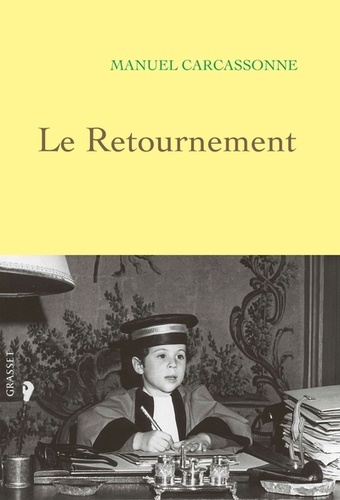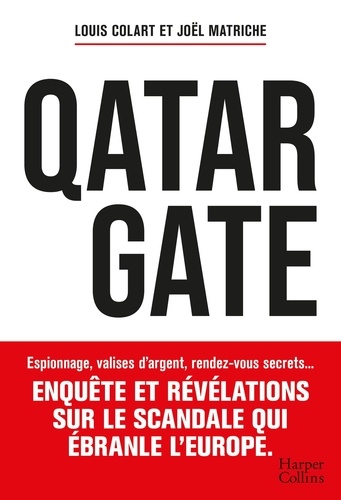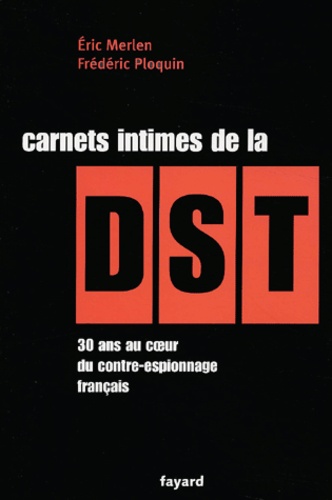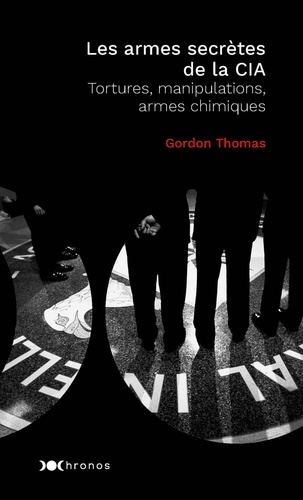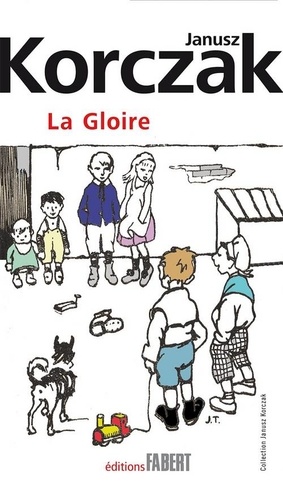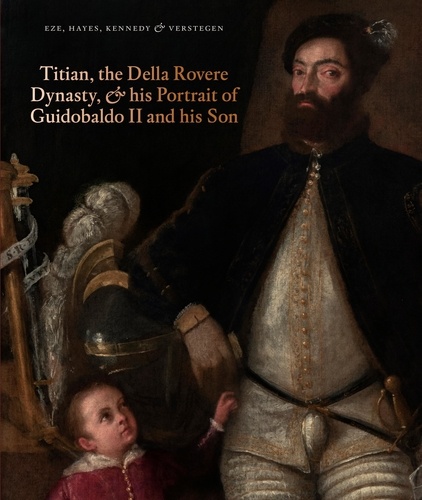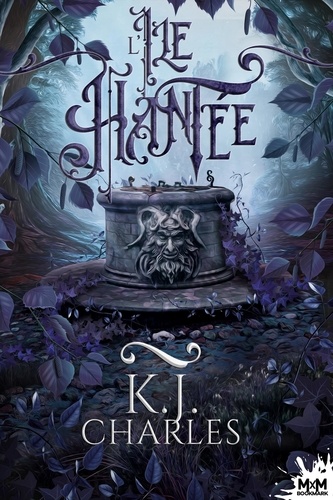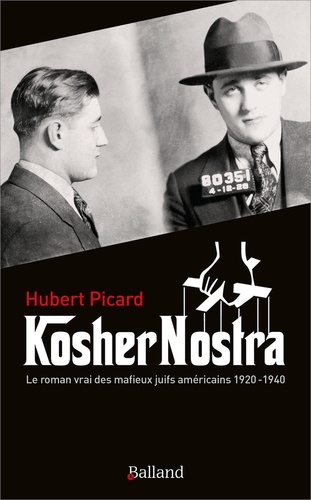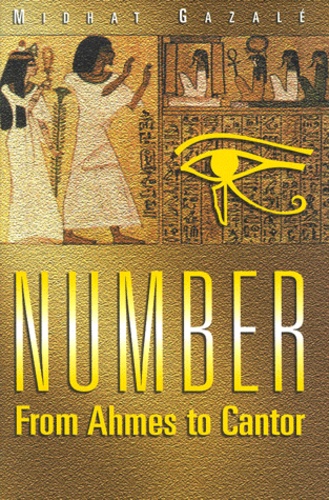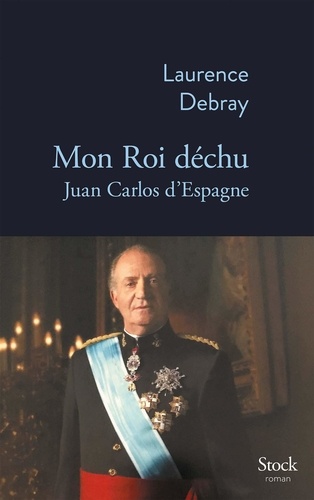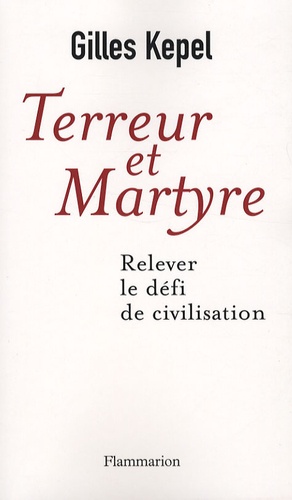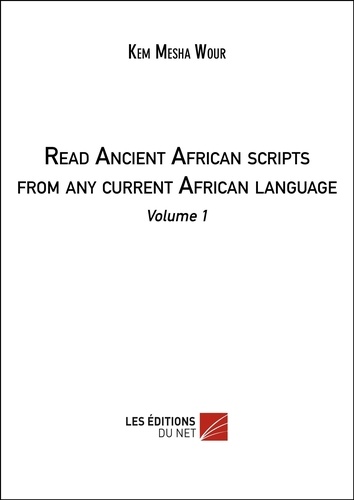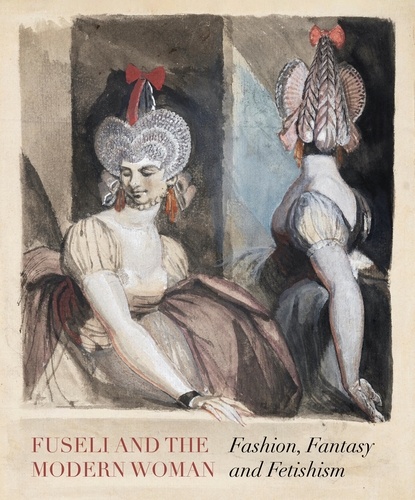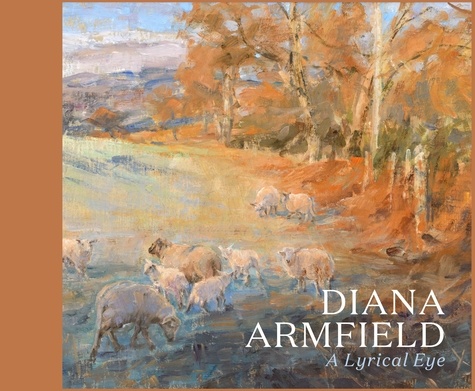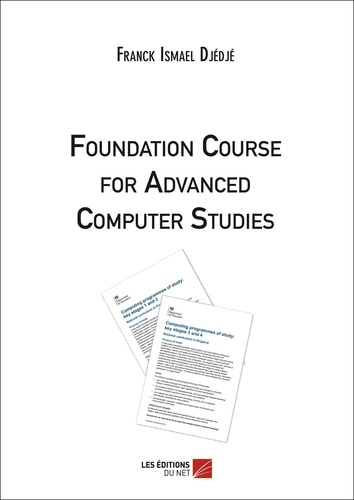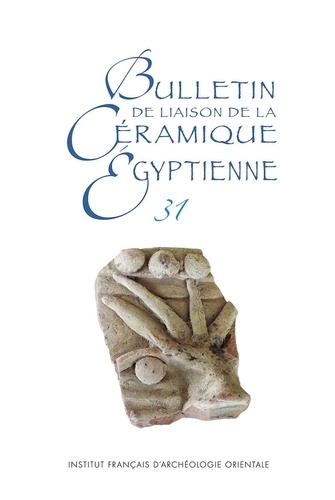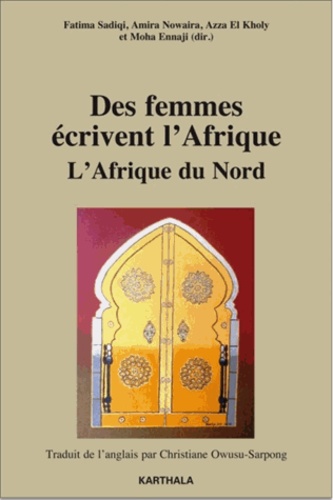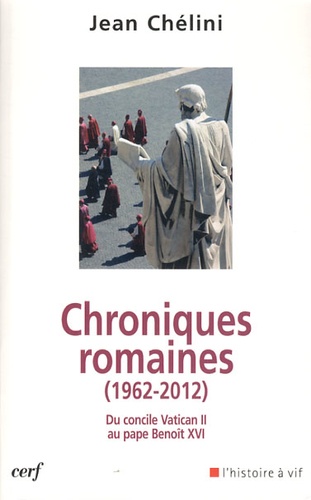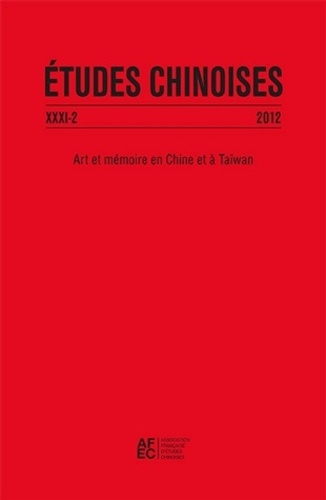Études chinoises XXXI-2 (2012). Art et mémoire en Chine et à Taïwan
Muriel Peytavin, La courtisane en peinture : portraits idéalisés, portraits du réel Résumé - Cet article se propose d'examiner quelques portraits de courtisanes des dynasties Ming ? (1368-1644) et Qing ? (1644-1911), dans une tradition de la peinture chinoise où le portrait n'est pas réalisé d'après nature ou d'après un modèle mais envisagé selon les textes littéraires qui prescrivent les principales directives en matière de représentation humaine, et notamment, féminine. Communément, la femme est avant tout traitée comme un type général et non comme une personne singulière ; l'image représentée est par conséquent une construction idéologique avant d'être une construction psychologique. Il s'agit d'apprécier la manière dont les artistes se sont servis de l'individualité de certaines courtisanes et de leur histoire, envisagée comme un thème à part entière, au moyen d'un traitement pictural éloigné de la peinture de beautés (meiren hua ???), pour exprimer de nouveaux idéaux, des singularités inédites, qui ont pourtant échoué à construire une mémoire pérenne de l'identité féminine chinoise. Chan Tsai-yun, Mémoire d'un empire. La longue marche des collections du Musée du Palais dans un contexte de guerre Résumé - Le Musée du Palais, depuis sa création jusqu'à nos jours, est en étroite corrélation avec l'évolution politique du monde chinois. Il reflète l'époque impériale chinoise, la transformation du système politique de la jeune République de Chine et la division du monde chinois. Il témoigne également d'un passé extrêmement tumultueux marqué par la guerre sino-japonaise et la guerre civile. Ce legs impérial, partagé entre la Chine et Taïwan, permet de faire émerger toutes sortes de mémoires parmi les populations chez qui la sinité est profondément enracinée. Sandrine Marchand, Nostalgie du poème : réticence à l'image dans la poésie mémorielle Résumé - Les multiples mémoires à Taïwan, mémoires des insulaires, des aborigènes et des continentaux, se sont exprimées dans la poésie, qui échappe au devoir descriptif du langage narratif. La poésie apparaît alors comme le genre le plus adéquat pour souligner la part fluctuante de la mémoire, sa saisie incertaine comme son évolution imprévisible. En se demandant ce que le langage poétique révèle de la question de la mémoire, nous interrogeons des poèmes des années 1960-1980, d'auteurs ayant à coeur de soulever un passé douloureux, en Chine ou à Taïwan. Nous nous interrogeons sur les images, leur registre, leur rôle et leur valeur dans la tentative de garder le passé et de faire revivre le souvenir tout en se défiant de l'imaginaire. Anne Kerlan, Filmer pour la Nation : le cinéma d'actualité et la constitution d'une mémoire visuelle en Chine, 1911-1941 Résumé - Cet article revient sur les premiers développements du cinéma d'actualité jusqu'en 1941 à travers le travail du réalisateur d'origine hongkongaise Li Minwei. Celui-ci filma à diverses reprises les événements politiques autour de la figure de Sun Yat-sen puis de Chiang Kai-shek. Il participa en 1930 à la constitution d'une compagnie cinématographique, la Lianhua, qui accorda une importance toute particulière à la réalisation de films d'actualités. Nous nous interrogeons sur les objectifs visés par les producteurs, qu'ils travaillent en association avec le Guomindang ou pour d'autres types de projet. Ces films d'actualité, dans la diversité de leur contenu, constituent certes des archives pour l'histoire de la Chine, mais révèlent aussi des conceptions différentes de la mémoire nationale alors en construction. Samia Ferhat, Mémoire collective et images du passé en Chine et à Taïwan : débats autour de la représentation cinématographique de l'ennemi ou du colonisateur japonais Résumé - Depuis la capitulation du Japon en août 1945 s'est cristallisée dans la mémoire collective une vision particulière de ce pays et de son rôle dans la guerre qui en Asie orientale l'a opposé à la Chine et ses alliés, alors que depuis la fin du xixe siècle son destin était lié à celui de Taïwan. A travers l'analyse de films chinois et taïwanais, mis en perspective par un détour vers le cinéma américain, nous discutons de la façon dont la cinématographie explore ces moments du passé et en propose une nouvelle lecture par le regard attentif posé sur ses protagonistes, le plus souvent restitués dans leur singularité au-delà de toute fixation stéréotypée. Corrado Neri, L'Histoire n'est qu'un souvenir : mémoire et processus créatif chez Hou Hsiao-hsien et Wu Nien-jen Résumé - Hou Hsiao-hsien et Wu Nien-jen comptent parmi les intellectuels contemporains les plus influents à Taïwan ; ils s'aventurent tous les deux dans une évocation de l'époque coloniale japonaise, son héritage, son influence et sa mémoire. Cet article situe dans un premier temps les auteurs dans le contexte politique et social taïwanais par une analyse de leur oeuvre, de leurs textes et de la littérature qui s'est développée à leur sujet. Ensuite sont étudiés deux films traitant de l'époque de la domination japonaise et de ses conséquences sur la culture et l'imaginaire de Taïwan : Le Maître des marionnettes et A Borrowed Life. Danielle Elisseeff, Excursion dans le monde troublant des images photographiques Résumé - L'historiographie change à mesure qu'évoluent les techniques de production et de conservation de documents toujours plus nombreux et diversifiés. La note qui suit explore quelques pistes de recherche d'images relatives au début du xxe siècle en Chine. On y évoque au passage l'impact technique et social de la photographie sur la représentation du souverain à la fin de l'empire. Emmanuel Lincot, Ai Weiwei : entre engagement et mémoire Résumé - De par sa posture intellectuelle, l'artiste Ai Weiwei s'inscrit dans une tradition mémorielle. Celle de la contestation en milieu lettré tout d'abord. Mais aussi de par son attachement à des valeurs transnationales. En cela Ai Weiwei est une figure de dérangement à valeur exploratoire. Sa démarche bouscule les représentations et la mémoire. Cette dernière est mue par l'expérience. Elle ne peut pas faire l'unanimité quant à son interprétation, ne cesse de nous dire l'artiste dont on abordera ici les différentes réalisations dans des domaines aussi divers que sont l'architecture, la photographie ou l'édition. English abstracts Muriel Peytavin , The Courtesan in Painting : Idealized Portraits, Portraits of Reality This article proposes to examine a number of portraits of courtesans from the Ming ? (1368-1644) and Qing ? (1644- 1911) dynasties, within a tradition of Chinese painting where the portrait is not painted from nature or following a model but imagined according to literary texts that prescribe the principal guidelines in the matter of portraying people, specifically women. In general, a woman is treated as a general type and not as an individual person ; the image depicted is consequently an ideological construction before being a psychological construction. This article seeks to assess the ways in which artists made use of the individuality of certain courtesans and their stories, considered as a subject in their own right, by means of a pictorial treatment distinct from the painting of beauties (meiren hua ???) in order to express new ideals and unique qualities, but which failed, however, to construct a permanent image of Chinese feminine identity. Chan Tsai-yun, Memory of an Empire : The "Long March" of the Collections of the Palace Museum in the Context of War The Palace Museum, from its creation up to the present day, has maintained a close correlation with the political evolution of the Chinese world. It reflects the Chinese imperial period, the transformation of the political system of the young Republic of China and the divisions of the Chinese world. It equally bears witness to an extremely tumultuous past marked by the Sino-Japanese War and the Nationalist-Communist Civil War. This imperial heritage, divided between China and Taiwan, serves to evoke of all manner of memories among the populations for whom "Chineseness" is deeply rooted. Sandrine Marchand , Poetic Longing : Resistance to the Image in Memorial Poetry The multiple memories of Taiwan-memories of the islanders, of the aborigines and the mainlanders-were expressed in poetry, which avoids the descriptive obligations of narrative language. Poetry thus appears as the genre most capable of underlining the shifting parts of memory, its uncertain grasp as well as its unpredictable evolution. In asking ourselves what poetic language reveals about the question of memory, we consider poems from the years 1960 to 1980, from authors who are committed to bringing up a sad past, in China or Taiwan. We reflect upon the images, their tone, their role and their value in the attempt to retain the past and to bring memory to life while mistrusting the imaginative domain. Anne Kerlan , Filming for the Nation : The Newsreel and the Construction of Visual Memory in China, 1911-1941 This article re-examines the first developments of newsreel footage up until 1941 through the work of Li Minwei, a director originally from Hong Kong. Li filmed at various times the political events around Sun Yat-sen and then Chiang Kai-shek. He took part in 1930 in the founding of a film company, Lianhua, which placed a very special emphasis on the production of newsreel films. The article examines the goals of the producers, whether they worked in conjunction with the Guomindang or on other types of projects. These newsreel films, in the diversity of their contents, undoubtedly constitute an archive of the history of China, but they also reveal differing conceptions of the national memory then in the process of construction. Samia Ferhat , Collective Memory and Images of the Past in China and Taiwan : Debates Surrounding the Cinematic Representation of the Japanese Enemy or Coloniser Since the surrender of Japan in August 1945, a particular image of that county and its role in the war in East Asia that pitted Japan against China and its allies has formed in the Chinese collective memory, all the while its destiny has been linked to that of Taiwan since the end of the 19th century. Through the analysis of Chinese and Taiwanese films, put in perspective with a detour by way of American films, this article discusses the manner in which film explores these moments of the past and proposes a new reading by means of a close reading focused on their protagonists, most frequently restored to their individuality above and beyond of any stereotypical view. Corrado Neri , History is Only a Recollection : Memory and the Creative Process of Hou Hsiao-hsien and Wu Nien-jen Hou Hsiao-hsien and Wu Nien-jen are counted among the most influential contemporary intellectuals in Taiwan ; they have both ventured into evocations of the Japanese colonial period, its legacy, its influence and memory. This article first locates the authors in the political and social contexts of Taiwan by means of an analysis of their works, their texts and the writings that have built up around them. Then, two films that deal with the period of Japanese domination and its consequences for the culture and the psyche of Taiwan are examined-The Puppetmaster and A Borrowed Life . Danielle Elisseeff , A Short Excursion into the Troubling World of Photographic Images Historiography changes in relation to the evolution of the techniques of production and conservation of documents that are constantly more numerous and diversified. This research note explores several related avenues of research on images at the beginning of the 20th century in China. It raises in passing the technical and social impact of photography on the representation of the ruler at the end of the empire. Emmanuel Lincot , Ai Weiwei : Between Engagement and Memory By his intellectual stance, the artist Ai Weiwei situates himself with in a memorial tradition-that, first of all, of protest in scholarly circles, but also by means of his commitment to transnational values. In this, Ai Weiwei is a figure of at the forefront of disruption. His approach disturbs representations and memory. This last is driven by experience ; it cannot bring about any consensus in its interpretation, and speaks to us time and again of the artist we will approach here through his different achievements in fields that are as diverse as architecture, photography and publication.
02/2013
